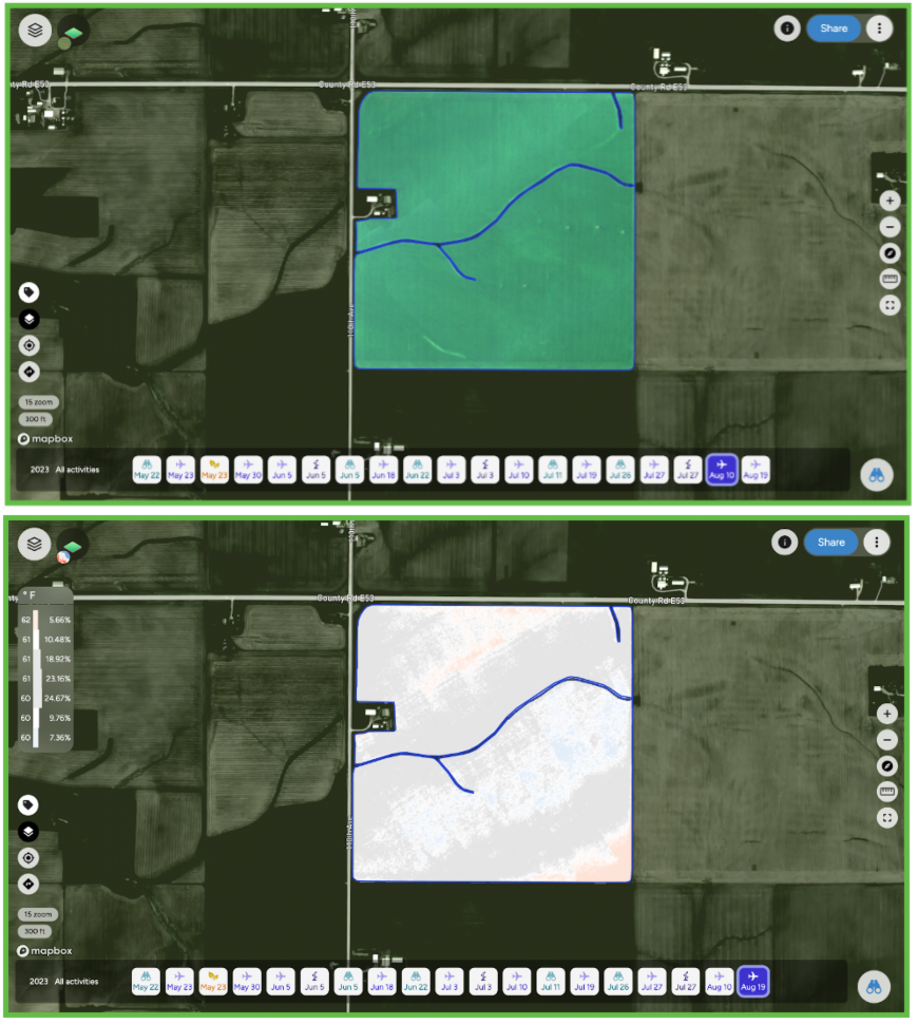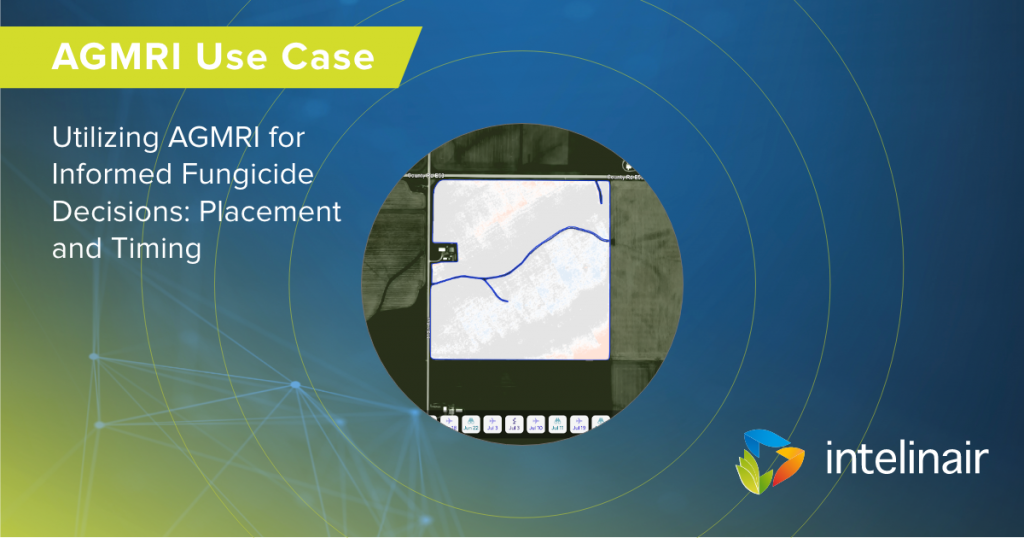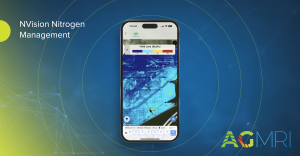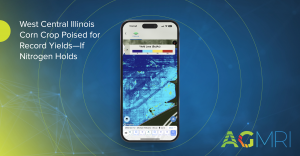Background
The grower in this case doesn’t routinely apply fungicide across his entire operation. This selective approach is driven by the need to maximize disease mitigation and return on investment. The challenge lies in identifying which fields require fungicide application, considering the presence of disease-conducive conditions. During this past season, the grower received a thermal stress alert from AGMRI, which prompted further scouting with his trusted agronomy advisor which led to the discovery of disease. This situation raised questions about when and where to apply fungicide for optimal results.
Challenge
The main challenge was the grower’s need to make strategic decisions regarding fungicide placement and timing. While disease conditions were present, it was unclear which fields would benefit most from fungicide application. Failing to address this issue could result in potential yield loss. The grower was “on the fence” about fungicide application, and AGMRI’s data helped validate and evaluate the situation. The thermal stress, which showed a wind blown pattern on the thermal map was a key trigger for further investigation, leading to disease identification and the decision to apply fungicide.
Solution
AGMRI played a crucial role by alerting the grower to thermal stress conditions in the field. Subsequently, scouts were deployed to assess the situation, identifying the presence of disease. This data informed the decision to apply fungicide in the affected field. AGMRI served as a reliable indicator of disease conditions, guiding the grower’s response.
Results
The ultimate results of this fungicide application will be known as harvest data is acquired. However, the proactive use of AGMRI in identifying and addressing disease conditions has the potential to improve disease mitigation and return on investment. In the future, the grower plans to continue leveraging AGMRI for in-season decisions on fungicide applications, prioritizing fields with the greatest need during busy times, and deploying scouts when necessary.















